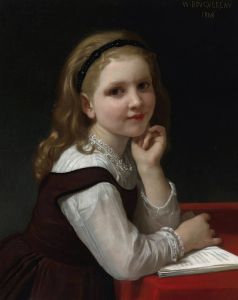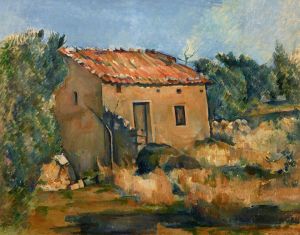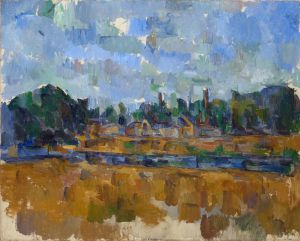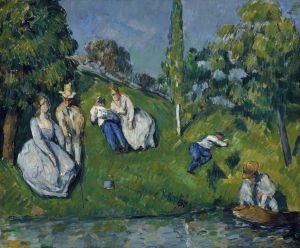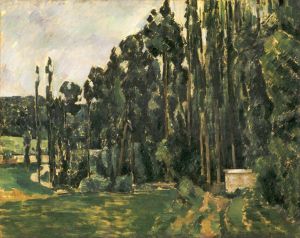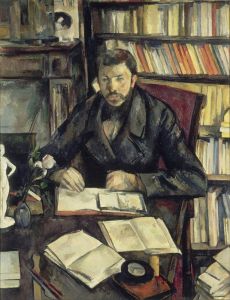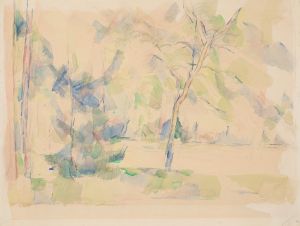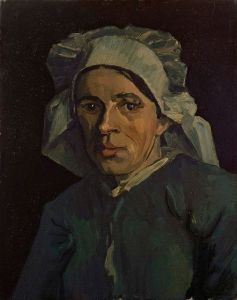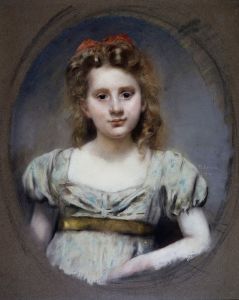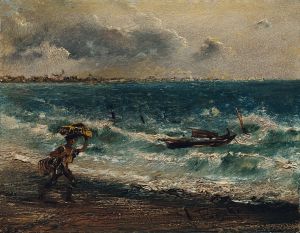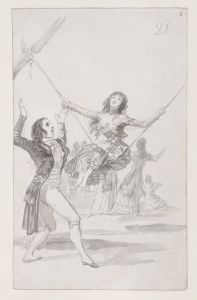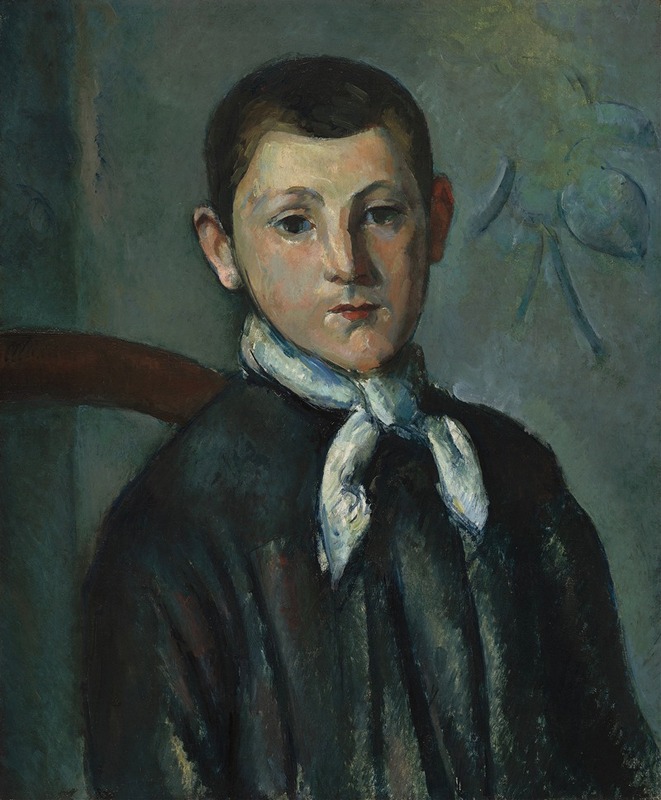
Louis Guillaume
A hand-painted replica of Paul Cézanne’s masterpiece Louis Guillaume, meticulously crafted by professional artists to capture the true essence of the original. Each piece is created with museum-quality canvas and rare mineral pigments, carefully painted by experienced artists with delicate brushstrokes and rich, layered colors to perfectly recreate the texture of the original artwork. Unlike machine-printed reproductions, this hand-painted version brings the painting to life, infused with the artist’s emotions and skill in every stroke. Whether for personal collection or home decoration, it instantly elevates the artistic atmosphere of any space.
Paul Cézanne's painting Louis Guillaume is a portrait created by the renowned French Post-Impressionist artist. The work is believed to have been painted around 1882, during a period when Cézanne was increasingly focused on portraiture as a means of exploring form, structure, and the interplay of light and shadow. The subject of the painting, Louis Guillaume, was a young man who worked as a bookseller in Paris. He is thought to have been acquainted with Cézanne, though the exact nature of their relationship remains unclear.
The portrait depicts Guillaume seated, with a calm and introspective expression. Cézanne's characteristic brushwork is evident in the painting, with his use of short, deliberate strokes that build up the form and texture of the subject. The artist's approach to color and composition reflects his interest in capturing the essence of his subject rather than focusing on minute details or photographic realism. The background is rendered in muted tones, which serve to emphasize the figure of Guillaume and draw attention to his face and posture.
Cézanne's portraits, including Louis Guillaume, are notable for their departure from traditional portraiture of the time. Rather than aiming for a flattering or idealized representation, Cézanne sought to convey a deeper sense of the subject's presence and individuality. This approach aligns with his broader artistic philosophy, which emphasized the importance of structure and the underlying geometry of forms in painting.
The painting is part of Cézanne's broader body of work that has had a profound influence on the development of modern art. His innovative techniques and vision paved the way for movements such as Cubism and Fauvism, and his portraits are considered an essential aspect of his artistic legacy.
Today, Louis Guillaume is housed in the Musée d'Orsay in Paris, France. The museum, which holds an extensive collection of 19th-century art, is home to several of Cézanne's works. The painting is appreciated for its subtle yet powerful depiction of the subject and its demonstration of Cézanne's mastery of portraiture.
This artwork remains a testament to Cézanne's ability to transform a seemingly simple subject into a profound exploration of form, color, and human presence.





